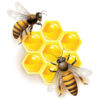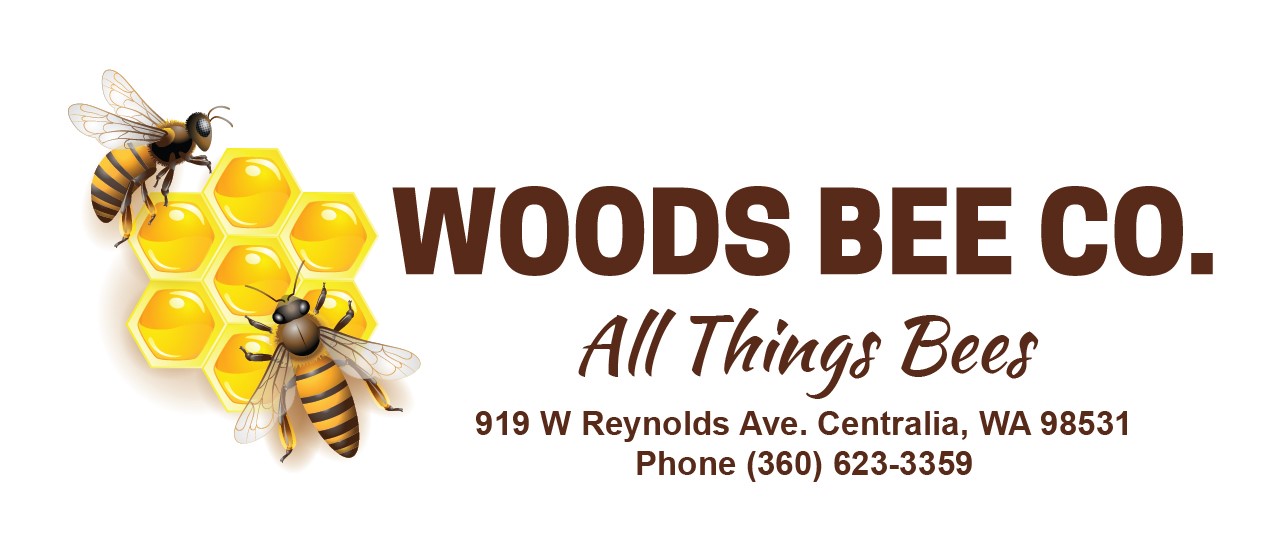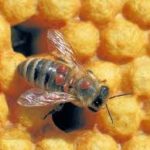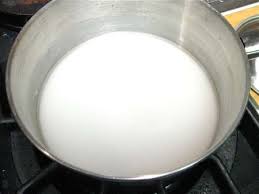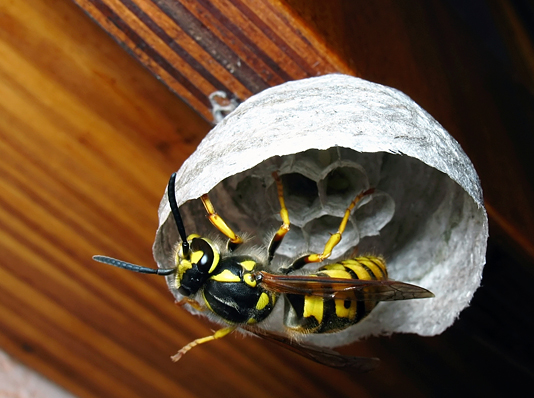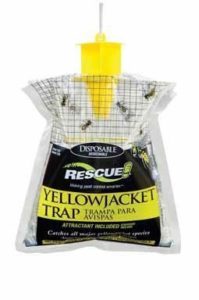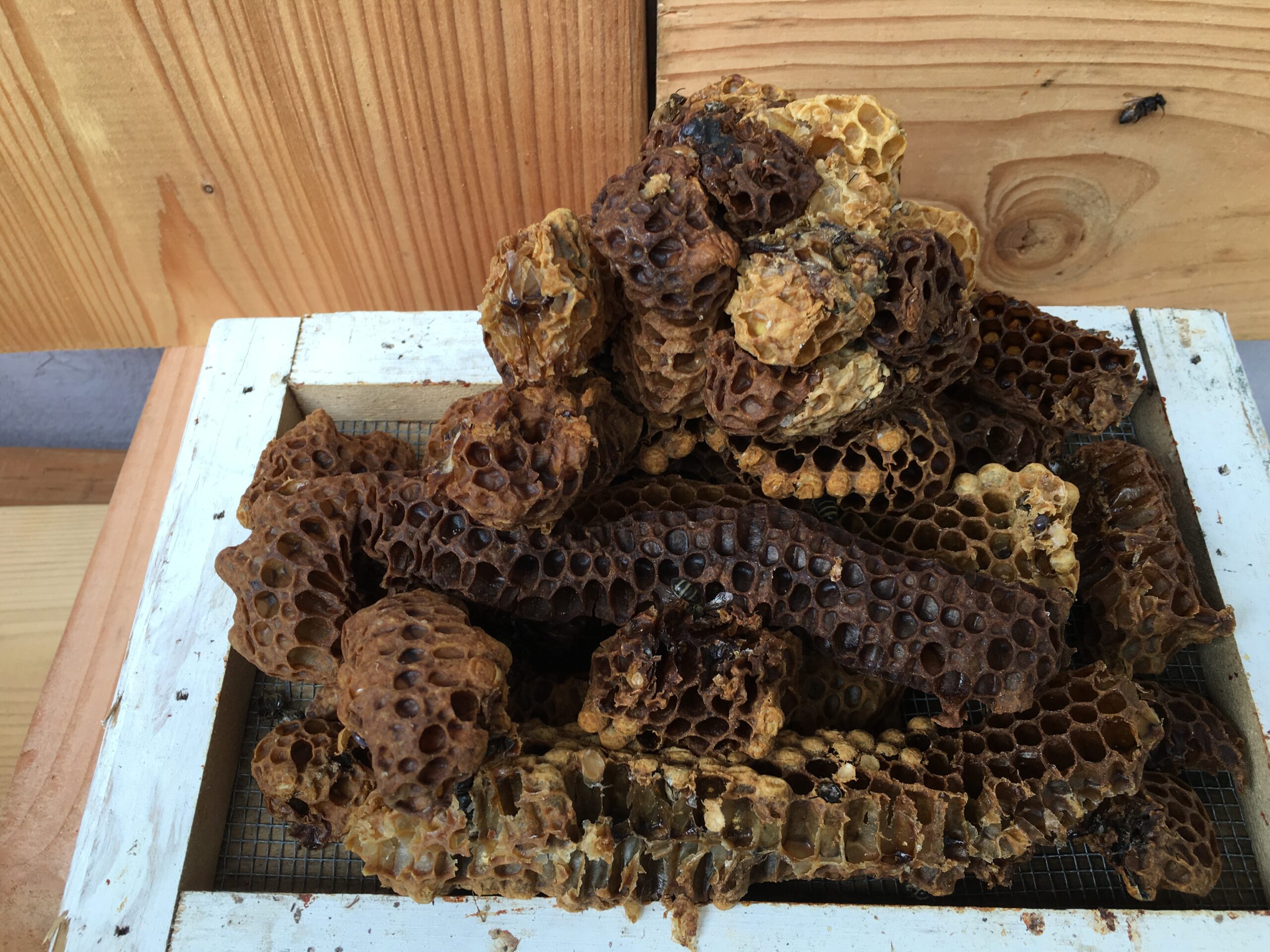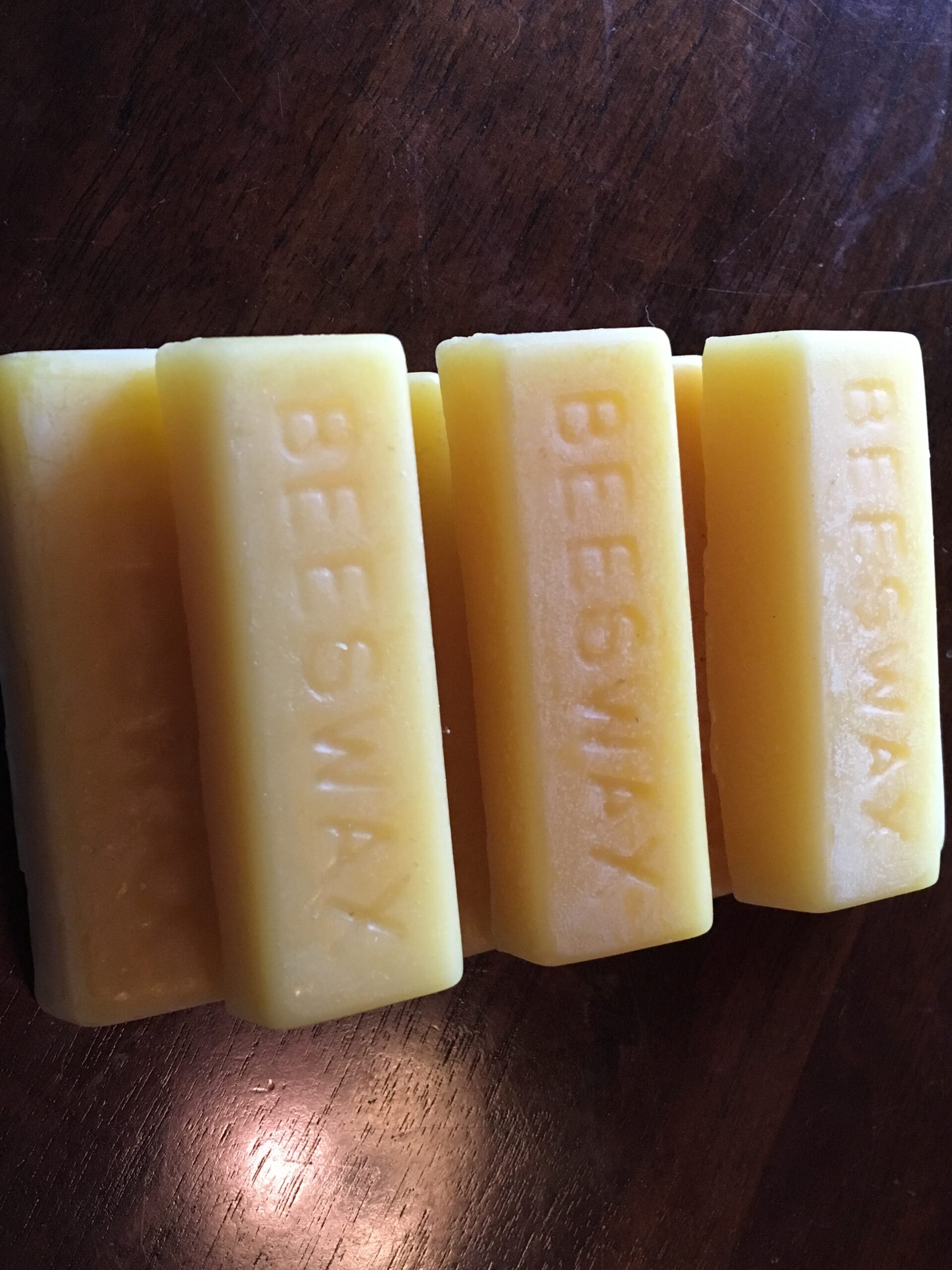Mites the Fourth Member of the Hive!!!
Mites the Fourth Member of the Hive!!!
With the increasing number of the varroa mites on the rise, beekeepers will be forced to make a change in the way we keep bees. When I took my beekeeping class years ago, I learned that a beehive consisted of three members the worker bees, drones and a Queen. Now we must adjust our mindset to the realization of a fourth member of the hive, the varroa mites. With this understanding, beekeepers will un-doughtily have to change how we keep bees. No longer can we simply have bees, we are going to have to monitor the hive and its fourth member.
As beekeepers, we will have to take some drastic steps to ensure the safety and health of the bees in light of this development. However, with proper care and maintenance, we can keep health bees.
Below are five easy steps that can help assist in accomplishing this task.
First, we must accept the fact that this problem exist and it is not going away anytime soon, and while there may be natural remedies to tackle this problem doing nothing is no longer an option.
Next, we have to learn more about the fourth member of the hive (the varroa mites). For example, when are they at their strongest, their weakest, and how they affect the bees? We must also learn key phases like Parasitic Mite Syndrome (PMS) and Colony Collapse Disorder (CCD) and the symptoms.
Thirdly, we must setup up a maintenance plan that works and keeps the bees healthy. This plan includes monitoring and testing the mite count as well as keeping well documented notes, and tracking the results of the treatments. However, the most important part ofthis step is sharing your information.
The next step is to choose how you will treat, doing nothing is not an option. There are many different types of treatments available, and you must choose what is best first for the bees and secondly for you. First for the bees because there are so treatments out there that can cause serious health issue for the hive not to mention the Queen. Secondly, you must choose a treatment that you will follow through. The most critical part of this step is treating responsibly.
Moreover, finally, do something. If you think this process is going to be too overwhelming call us and we will find a home for your bees, please do not let them die this winter. There was an extremely high colony lose last winter that with a little more attention could have been lowered.
The Correctional Facility at JBLM had two hives last year and were successful getting both through the winter. This year they have increased the number of hive they have, and I believe that they will get all of them through the winter this year as well. We hear that there are acceptable losses in beekeeping, but we must stop thinking like this is the normal. What if you had two dogs and someone told you that you 40% was an acceptable rate of loss every year, would that be acceptable to you. No, you would watch your dogs closer, take them to the vet more often and feed them better food.
We will probably never eradicate the varroa mites, but we can take care of the bees.
